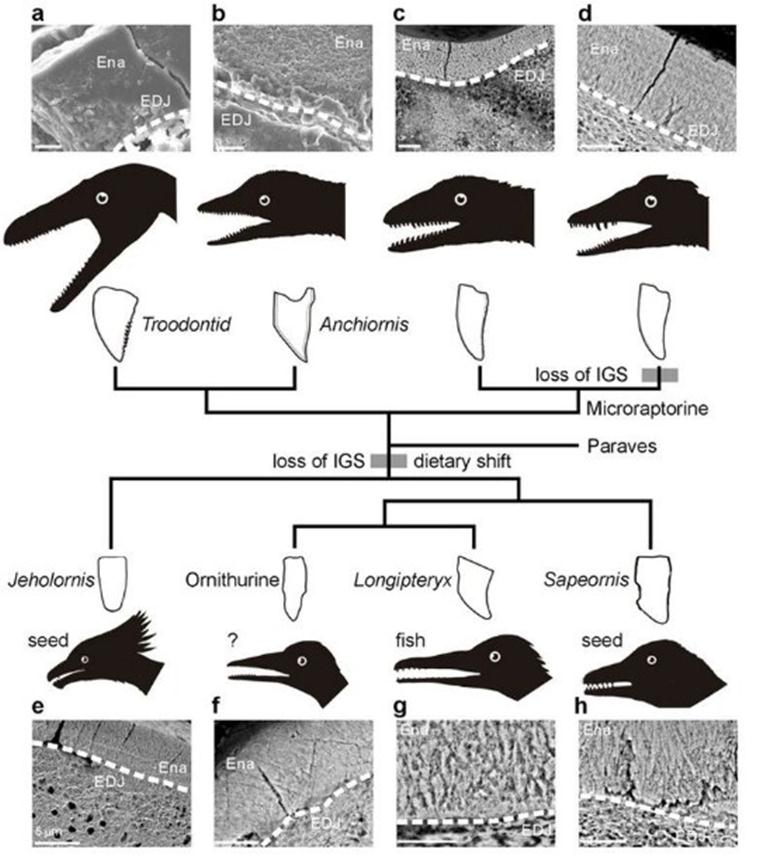New Delhi (NVI): Taiwanese researchers have come up with a study on how prehistoric birds may have managed to survive when an asteroid struck 66 million years ago, wiping out three quarters of life on Earth, including dinosaurs.
The scientists have said that they have discovered features in the teeth of prehistoric birds that could offer clues to how they survived the mass extinction, reports Central News Agency (CNA) Taiwan.
The National Synchrotron Radiation Research Center (NSRRC) in Taiwan has summarised a paper published by a group of Taiwanese scientists last month, in which they analysed the structure of the birds’ teeth and those of their ancestors.
The paper claims that birds had probably evolved to feed on a wide range of food sources, including fruits, seeds and insects. This would have reduced their dependence on any one species.
During the study, the teeth of five ancient bird species were analyzed and compared with the teeth of the two-legged dinosaurs called theropods, from which they had evolved, CNA reports.

It was discovered that the birds lacked a certain layer in their teeth called the porous mantle dentin, which helps teeth absorb shock and prevent them from cracking when tearing into flesh.
According to the paper, the disappearance of this layer in the birds’ teeth indicated that they had moved away from a carnivore diet. The finding also confirmed that a “significant transformation” had occurred between the feeding habits of ancient birds and their dinosaur ancestors.
The scientists further wrote in the paper that this evolution “substantially elevated the degree of survival adaptability of birds at the time” and could be one of the reasons that contributed to the group’s survival.
The paper, titled “Ultramicrostructural reductions in teeth: implications for dietary transition from nonavian dinosaurs to birds,” was published on April 21 in the journal BMC Evolutionary Biology, CNA reported.








